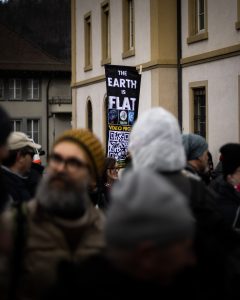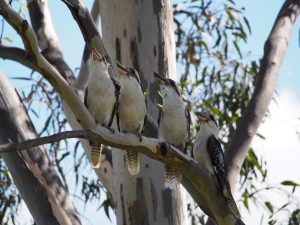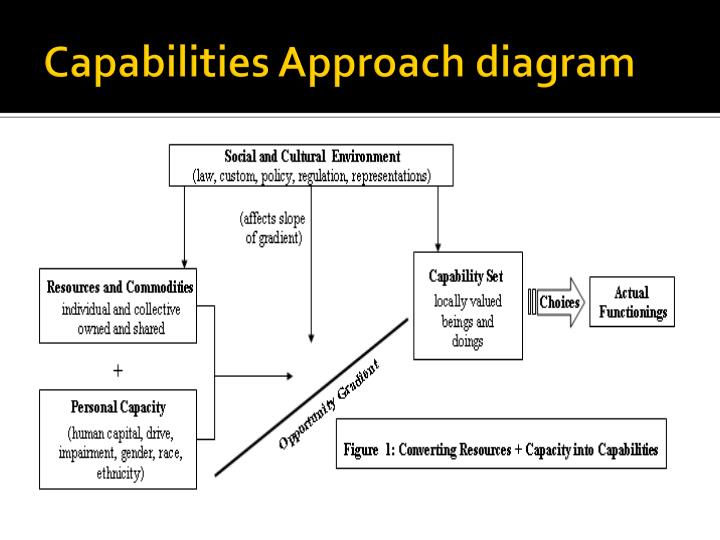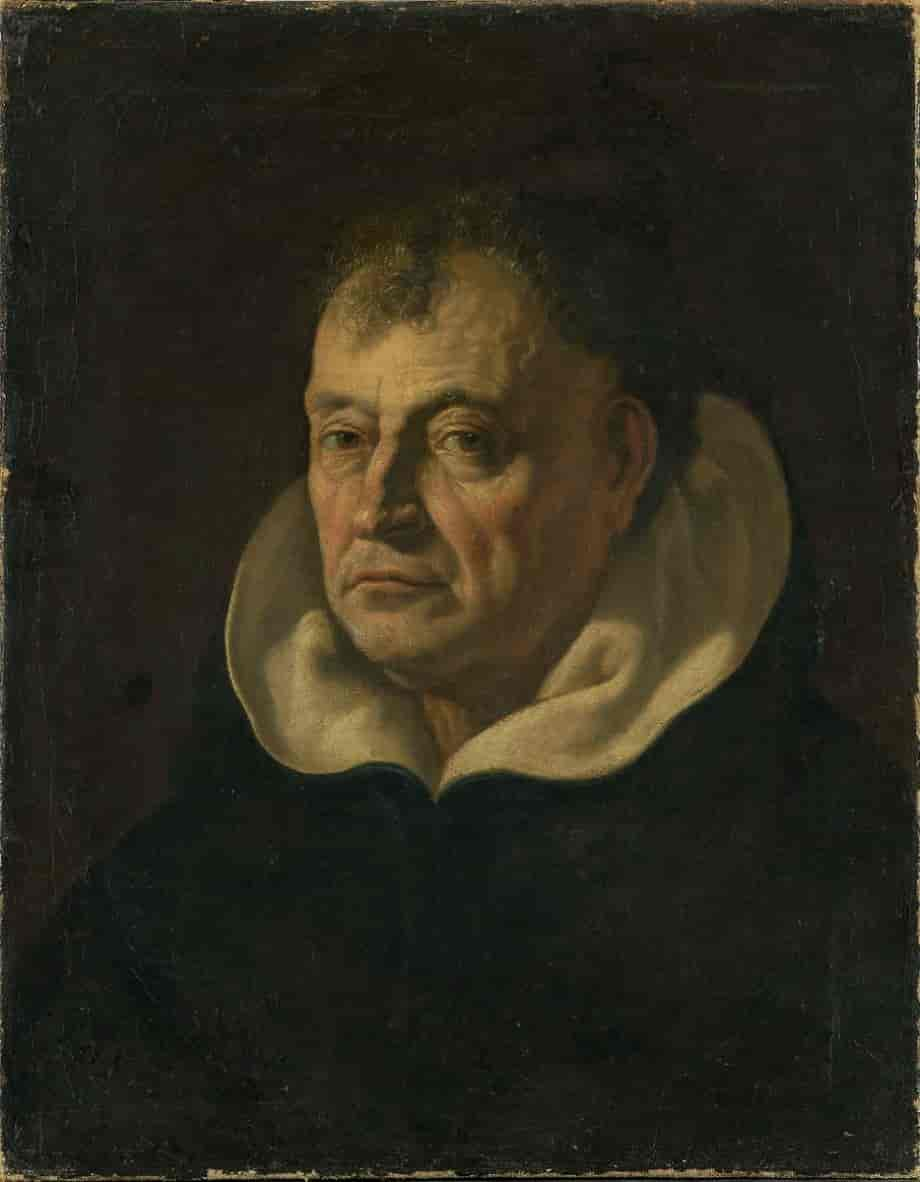Two Truths Approach Each Other
What is it to be oneself? Or to live authentically? Psychoanalysis was a first, in terms of the psychological tradition, to incorporate the well-known Delphic maxim “know thyself” which Socrates used as the cornerstone of his philosophy. But D.H. Lawrence in 1922, pointed out: “The final aim is not to know but to be…You’ve got to know yourself as far as possible. But not just for the sake of knowing. You’ve got to know yourself so that you can at last be yourself.”
Notions of authenticity can be widely divergent in the understanding of personhood that they presuppose. They may be related to acts or values, they may denote personal traits or a way of life. The core idea of “being true to oneself” has been interpreted in numerous ways throughout the ages and across philosophical traditions. A fundamental self that is separate from other influences, recovered via introspection, and realized through self-development and personal transformation is the premise of the contemporary idea, which was influenced by Rousseau and developed in psychology by theorists like Maslow and Rogers.
This view partly underpins the contemporary wellness industry, self-help and popular psychology. In line with this tradition authenticity is often discussed in terms of traits, and “measured” by the extent to which actions and behaviors are congruent with personal goals reflective of “the true self.” Negative definitions of self-loss may have precedence over positive definitions of self-transcendence. Factors like acceptance of external influence may presuppose negative aspects of external influence such as conformity and co-dependency. You may have heard the phrase “just do you” when you relay your qualms and tribulations to someone. This may be great advice at the right time, but surely the answer to all modern problems cannot be self-care, or more of it?
Alessandro Ferrara suggests that pre-modern notions of authenticity are based on the idea of an objective order, underlying the universe: a guiding reality independent of us, awaiting to be uncloaked. Later autonomous conceptions introduce the more or less self-determined subject, with Sartre’s work being a culminating example, where “man is nothing other than his own project.” Subjectivism, Sartre proposes, entails the freedom of the individual to choose what it will be, while it also refers to something of a core concept of existential and phenomenological thought, namely our inability to transcend human subjectivity. This highlights a significant aspect of reality that the phenomenological approach sheds light on, which is that I, as a person, am inextricably linked to the experiences of things I encounter.
Perspectives that oppose the modern interpretation of authenticity generally conceive of the self as part of a whole; formed, embedded and unfolded in a greater context of meaning. At the far side of this, the community and the environment are the sources of authenticity rather than a distinct self. Authenticity, in this view, is often conceived in terms of an ideal of fully developed personhood, and in terms of prosocial attitudes and motivations including altruism. (See, for example, Viktor Frankl and Lionel Trilling.) Or, it can be is assessed in terms of nonself theory inspired by Eastern philosophy. Such approaches, including theistic interpretations, may promote a subservience to norm thinking and hierarchical structures. They risk endorsing altruism at the expense of self-discovery or just basic self-care. I have, for example, at times wondered what the experience was like for my grandmother—who was goodness personified—born at the dawn of World War I in 1914. Between overfeeding us Swedish meatballs, brown gravy and almond puddings, and showering us with love and attention, did she get something for herself, or was she fulfilled as it was?
When understood as an ideal of how to live, the modern conception of authenticity in general concerns a strictly personal virtue whereas the older “objectively” informed ideal, rather entailed being a self-monitoring, sincere person in relation to others. It emphasized self-cultivation rather than self-discovery. The contemporary Canadian philosopher, Charles Taylor, have instead explored points of intersection between individual and society, and the relationship of self-determining freedom and external influence. Taylor embraces, as Jeffrey Kripal has noted, Romantic transcendence as well as scientific reason. And yet, in Sources of the Self: The Making of the Modern Identity, Taylor concludes that moral sources external to the subject are more significant (which aligns with his theistic grounding).
Interestingly, Maslow’s later work explored precisely such interplay. As is well-known, his original so-called hierarchy of needs model categorized goals believed to motivate human behaviors from bottom-up such as: food and water; safety; belongingness and love; accomplishment and self-esteem; and lastly, achieving one’s full potential. But the revised theory contained an additional dimension: self-transcendence. The last tier has largely remained in obscurity, but suggested that somehow self-actualization presupposes transcendence.
A Realm Between
Transcendence, as I understand it, does not imply a dualistic logic that regards matter and mental life, creature and creative nature, as two distinct aspects of reality. Nor does it implicate a causal connection. If transcended reality refers to a primary whole (or a type of creative cosmos) from which parts (people, atoms, oceans and so on) are manifested, then manifested reality may also have influence back on the whole (for the interested reader, this option is also posed by Jonathan Schaffer’s priority monism). Transcendence this way rather relates to boundary zones and transformational processes by which a person is changed into a more constructive and creative mode of being. By turning inwards in self-cultivation, I may retrieve not only a greater understanding of myself, but also a deeper connectedness to the external world. And reciprocally, I may commit to something outside myself (other people, nature, historical narratives, etc.) to the point of decreased self-salience and increased connectedness. In other words, I may experience states of unity and coherence by which a nonself-cultivating process—that is, a shredding of the limitations of the ego—seemingly paradoxically can strengthen self-integration, integrity of character and authenticity. The Swedish poet, psychologist and Nobel prize winner, Tomas Transtrœmer, captured this relationship in his poem Preludes: “Two truths approach each other. One comes from inside, the other from outside, and where they meet we have a chance to catch sight of ourselves.”
The Dualism of Human Purpose
Maslow’s revision takes into account the dualism of human purpose. In other words, our tendency to rely, on the one side, on self-cultivation, self-assertion and independence for our self-actualization, and on the other, on unity, belongingness and self-transcendence. Thinkers from various disciplines, such as Arthur Schopenhauer, Sœren Kierkegaard, Otto Rank and Niels Bohr, have aptly captured the various paradoxes of personhood, which become sources for the conflict of opposites. For example, I deeply desire both separation and unity because my will to separate correlates with my self-creative urge and need to assert myself, while my will to unite aligns with my need to give love and receive love. But this contradictoriness is often understood as a natural part of our existence as embodied beings, and in terms of complementarity rather than contradiction.
About the individual, Kierkegaard, for example, said “although it is indeed itself, it has to become itself.” Kierkegaard’s notion of a person presupposes the simultaneity of the eternal and the temporal, the enfolded and the unfolded, the free and the determined, necessity and possibility. He writes (about the individual): “To the extent that it is itself, it is necessary, and to the extent that it must become itself, it is a possibility.” In Maslow’s words: “A person is both actuality and potentiality.”
Somehow, we are whole in ourselves as is, and yet we are not only (self)being, we are also (self)becoming, which implies that in some sense we are not fully ourselves; we are often partly blocked from our internal resources and our true capacity for living. The question of being (potentiality) versus existence (actuality) was central to several thinkers of the nineteeth and twentieth century, including Schelling, Kierkegaard, Heidegger and Sartre. Although these were distinct from each another in many respects, there is a common existential thread based on the idea of self-as-process, rather than (or not only) various local manifestations of time and space (compare also to Hegel).
Being is Becoming
This contrasts the notion that the realized, authentic self is a construct or a defined state. The early existential psychoanalyst Otto Rank, and later James Bugental (who coined the term existential-humanistic) and Rollo May, are suggestive of Heidegger in understanding authenticity or self-actualization as a transient process of unfoldment; a work in progress, rather than as a distinctive quality or psychological content. The self is not a predetermined object, but rather an event: we become known to ourselves and evolve through the existential path we choose. This way, we partly are what we make of ourselves in the course of living. Bugental therefore proposed that while the human has a natural urge towards wholeness and growth each person lives “without the experience of fullness” because “it is beyond us, it always stretches to a horizon that moves ahead as you move and grow.” Consequently, the goal of therapy—whether ecotherapy, talk therapy, bibliotherapy, or creative endeavor—is the journey, he claimed. And the journey is simply towards greater wholeness and aliveness.
Heidegger’s “optimistic” notion of continuous evolution and becoming, echoes Heraclitus’ doctrine of flux. As Heraclitus, the early Greek thinker who lived around 500 BCE, famously stated: “One cannot step twice into the same river, nor can one grasp any mortal substance in a stable condition, but it scatters and again gathers; it forms and dissolves, and approaches and departs.” For as Heraclitus observes, “As they step into the same rivers, other and still other waters flow upon them.” And lastly, an observation which is slightly cryptic, yet bodied forth by a sense of completeness: “It rests by changing.” This idea occurs also in Buddhist philosophy, where impermanence constitutes our mundane existence (the realm of Samsara), while Nirvana signifies a space beyond becoming (an ineffable nothingness or permanence).
The idea of life-as-flow is reminiscent also of more recent thinkers like William James and Alfred North Whitehead. And it brings to mind French philosopher Henri Bergson’s conception of time, in that it is relativistic, vitalistic, and emphasizes process rather than absolutes. To Bergson, life itself and the process of growth constitutes the ultimate reality. This, indeed, must be seen as optimistic and life-affirming because, with the personality in an endless activity of unfoldment, we get recurring chances to shape ourselves anew.
The post Life as a Flow first appeared on Blog of the APA.
Read the full article which is published on APA Online (external link)






